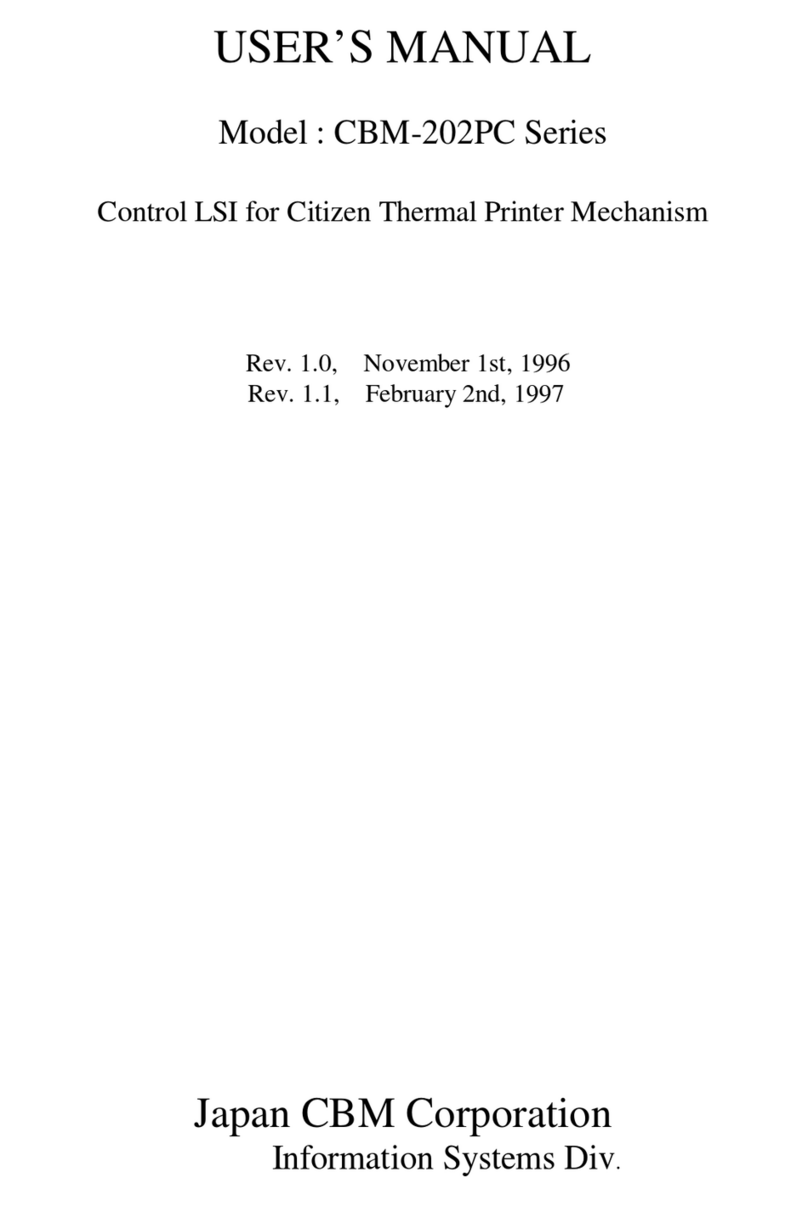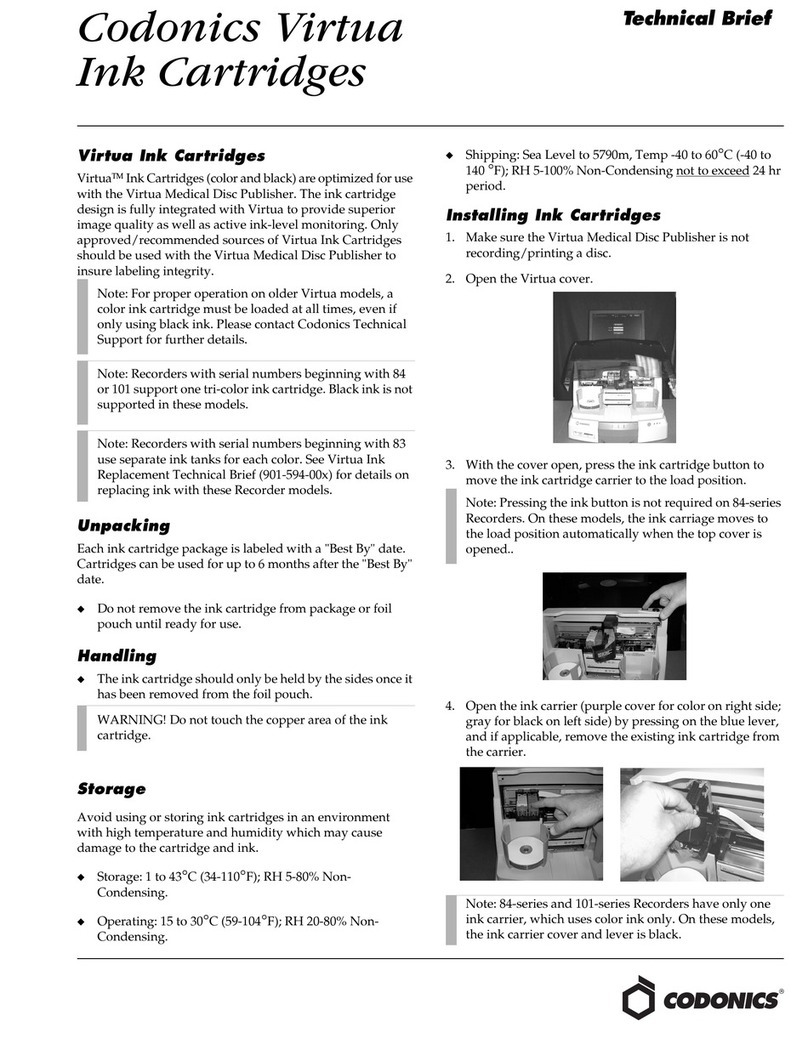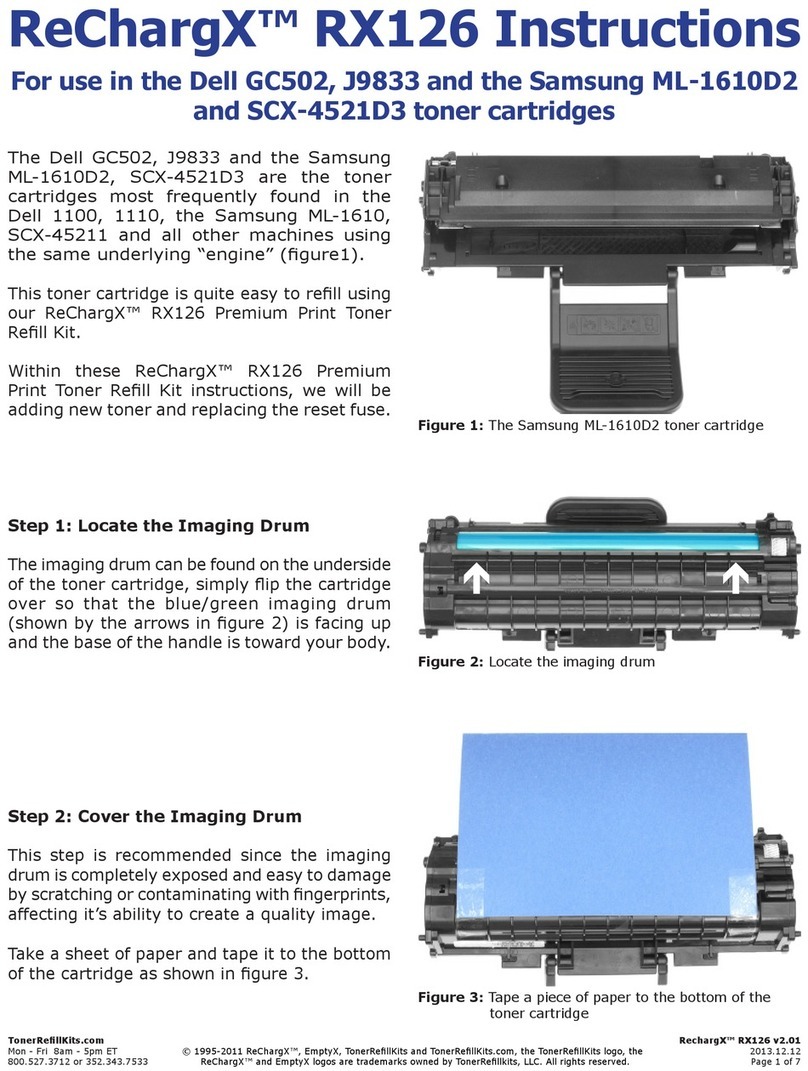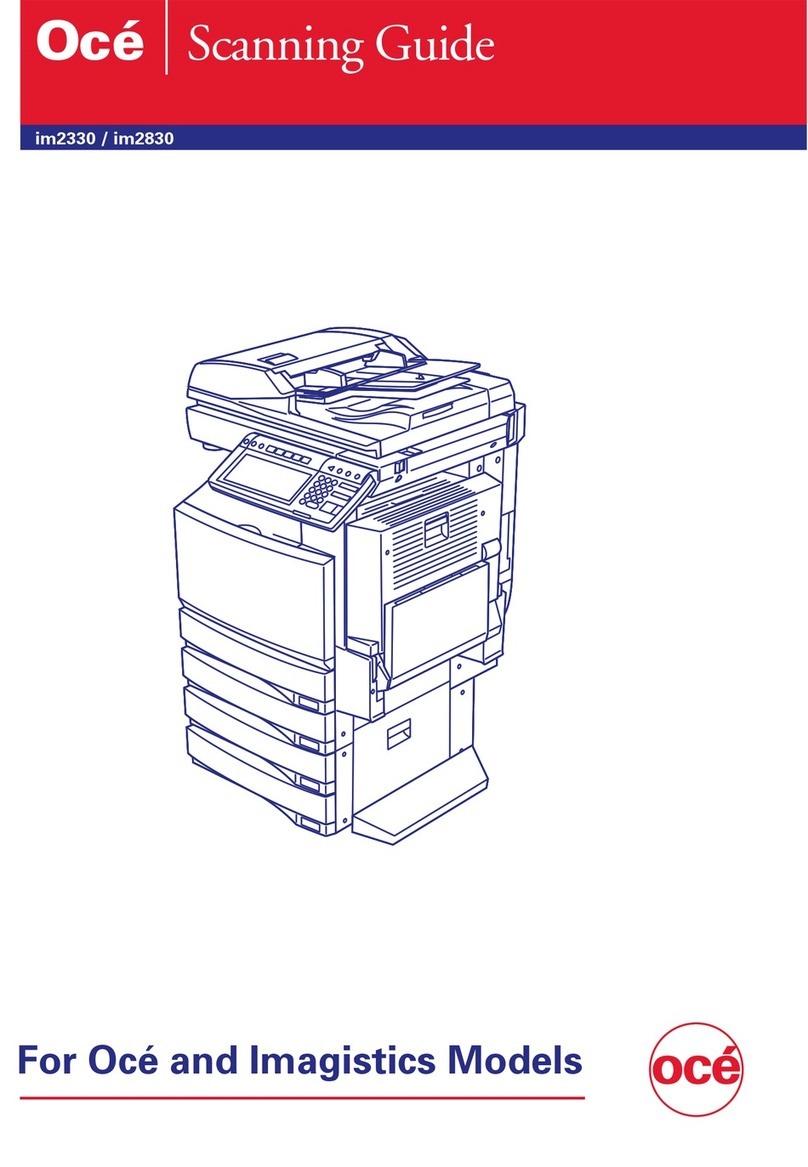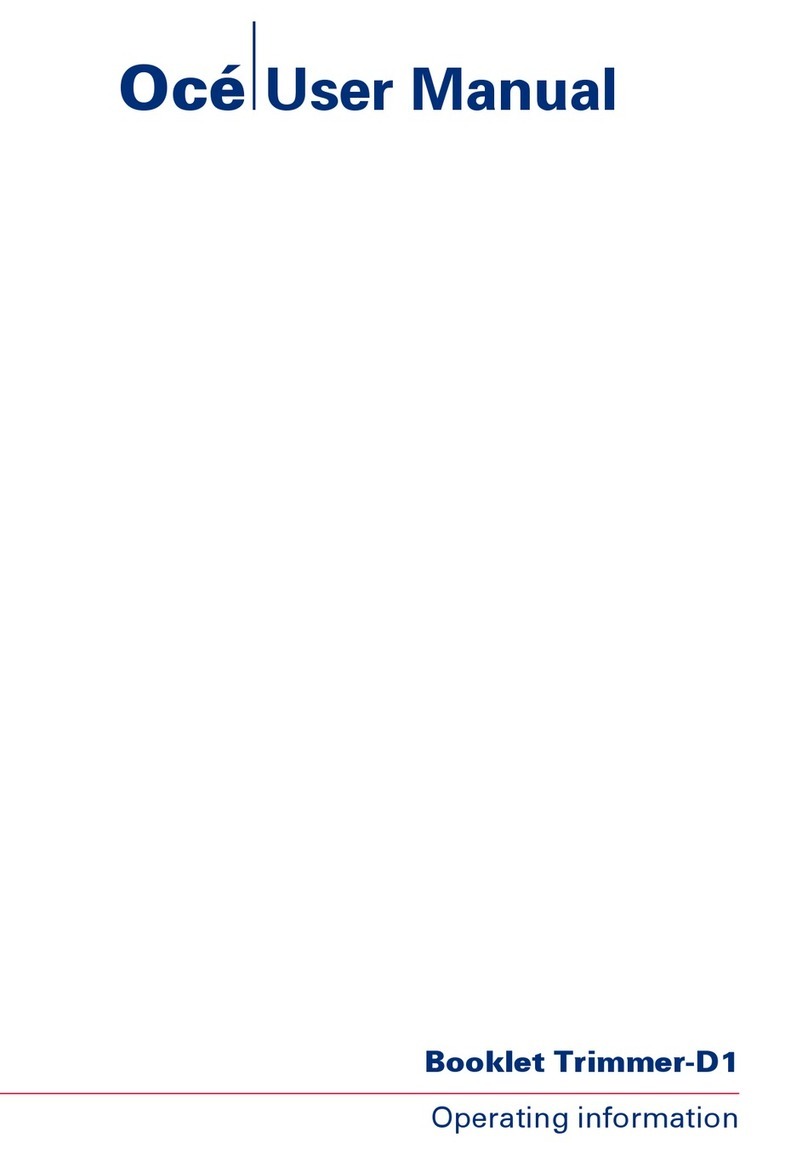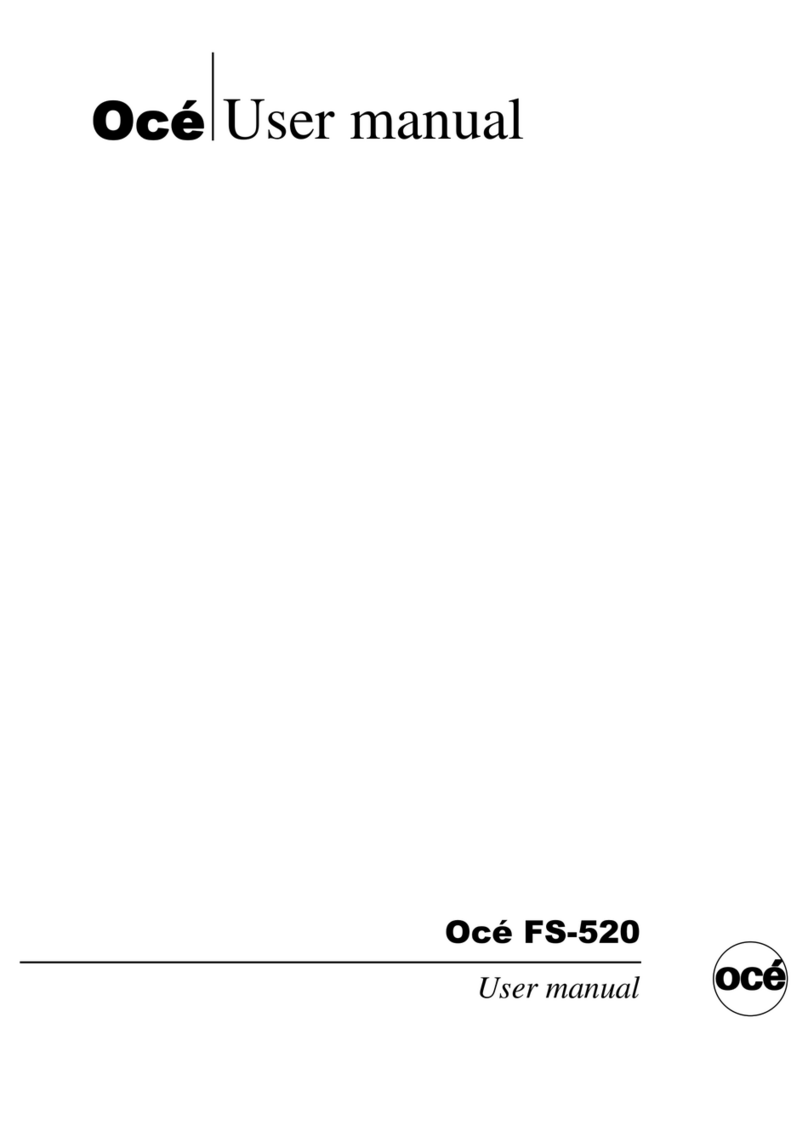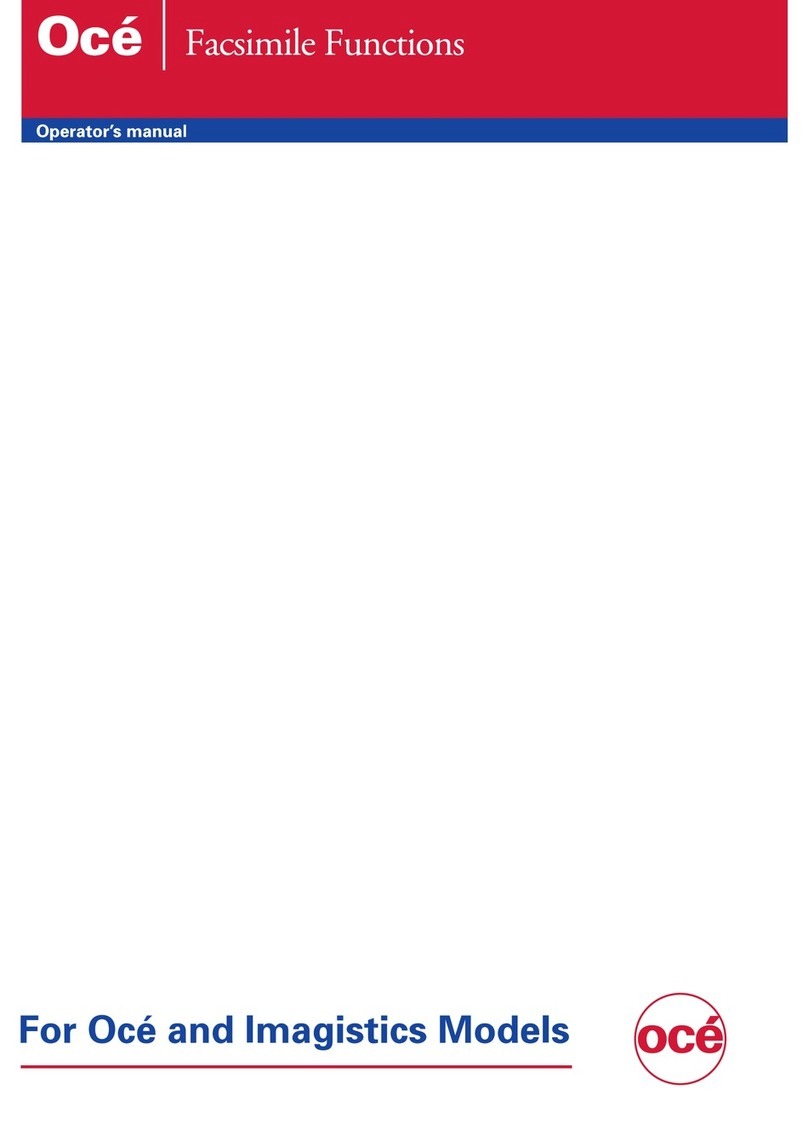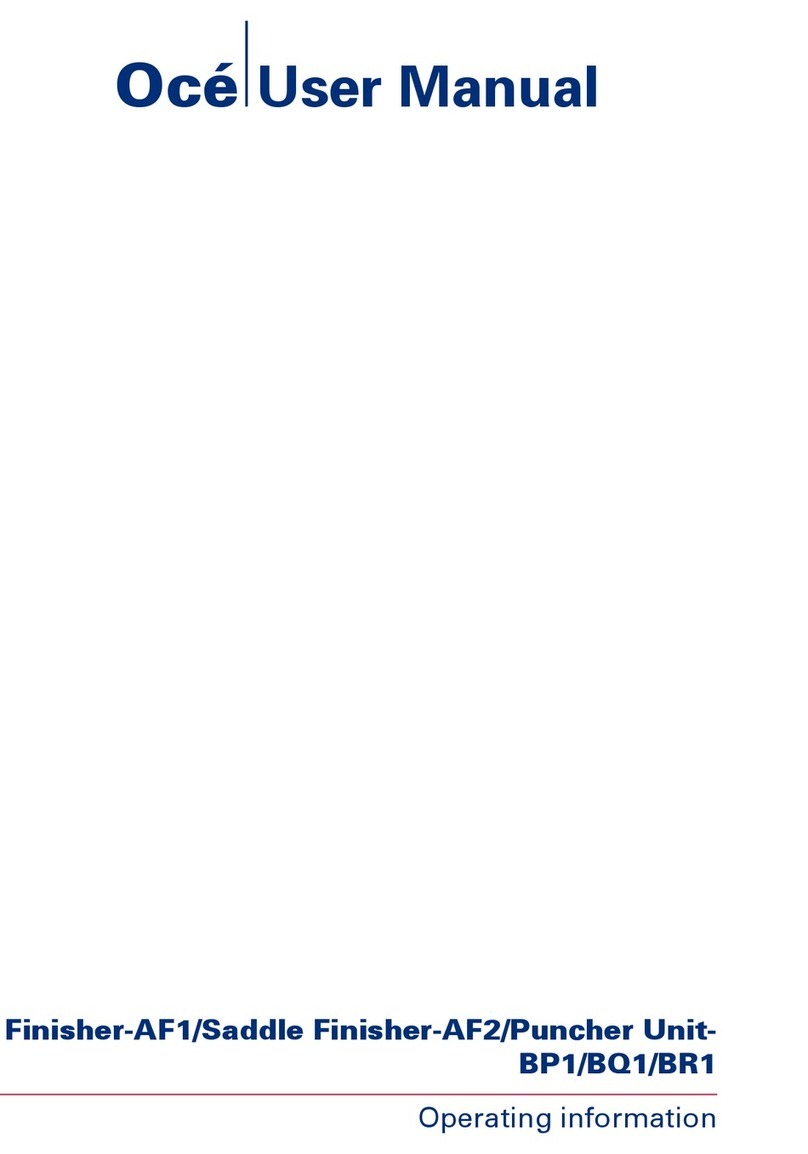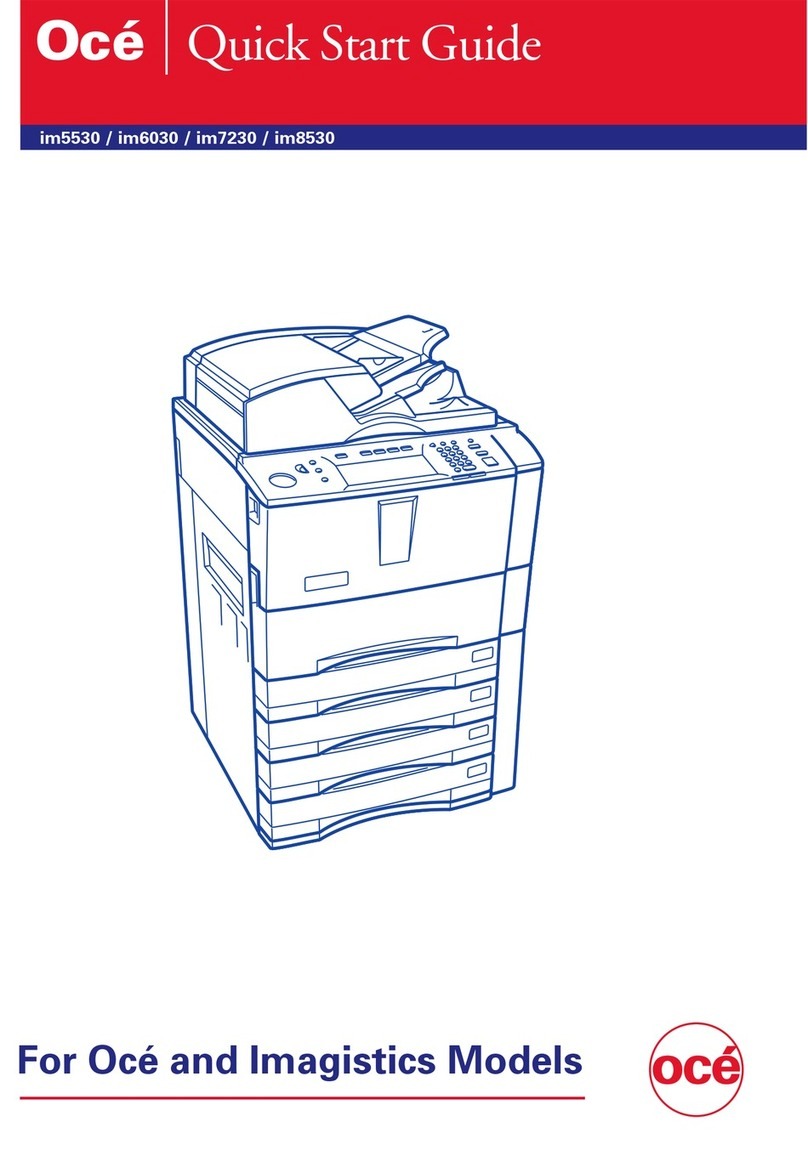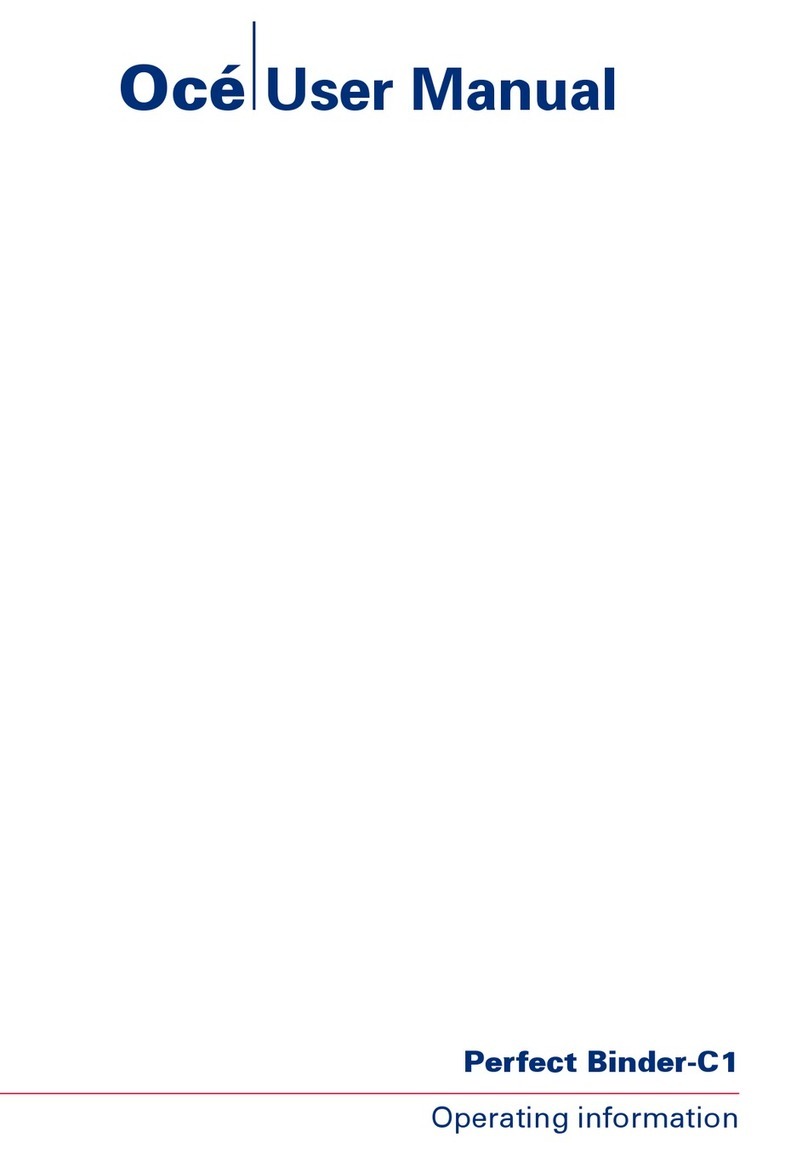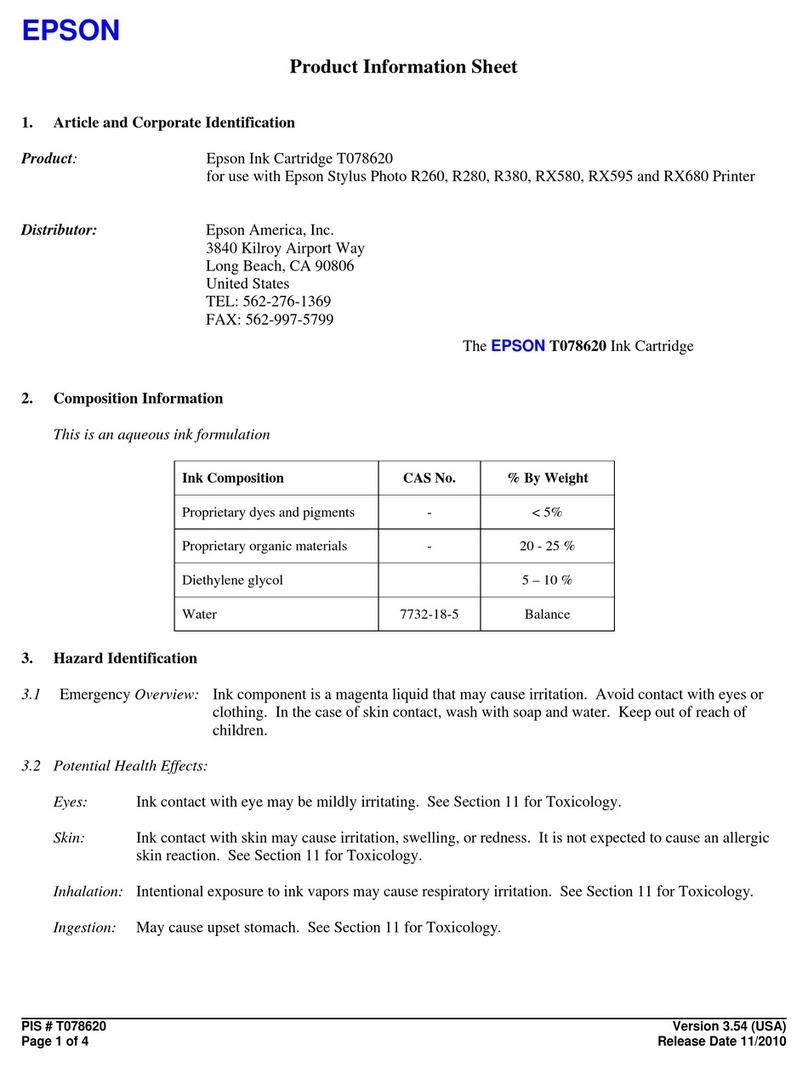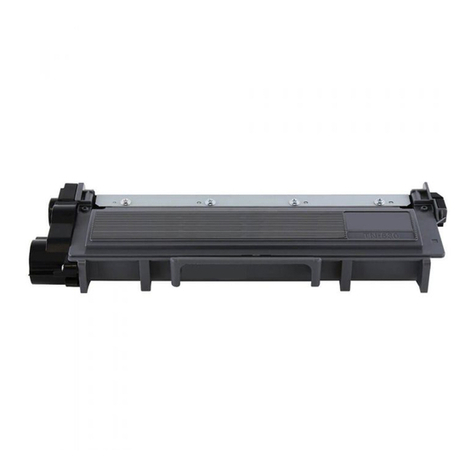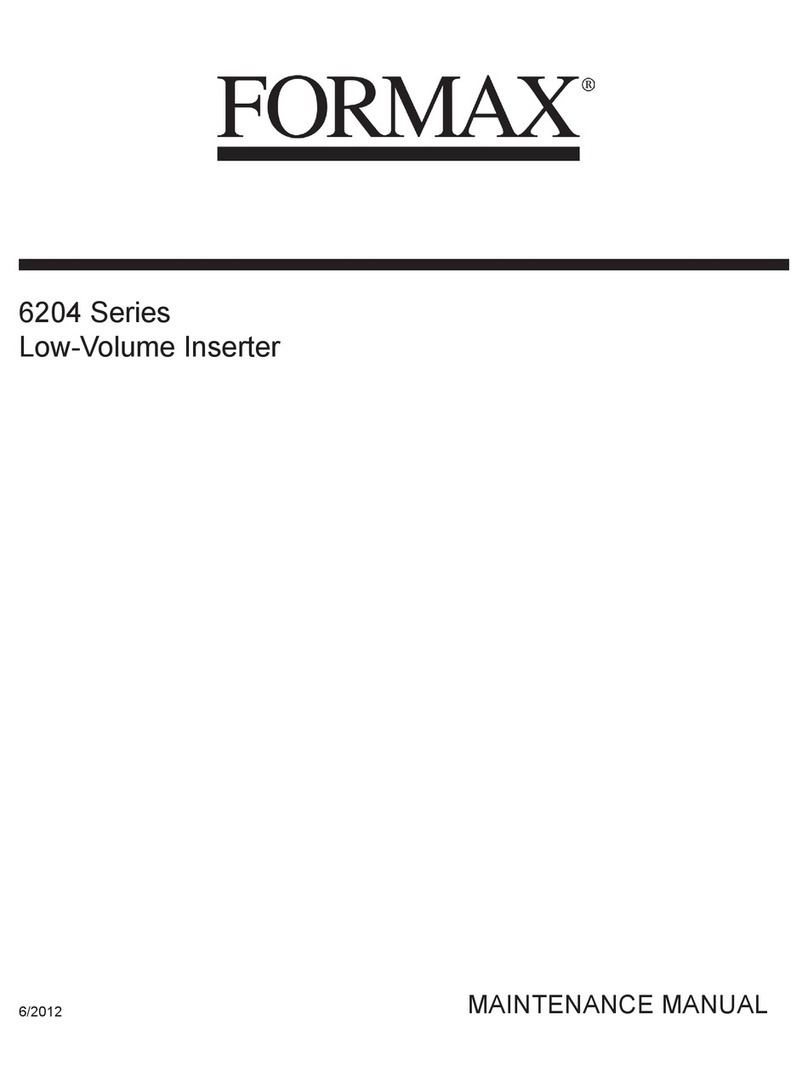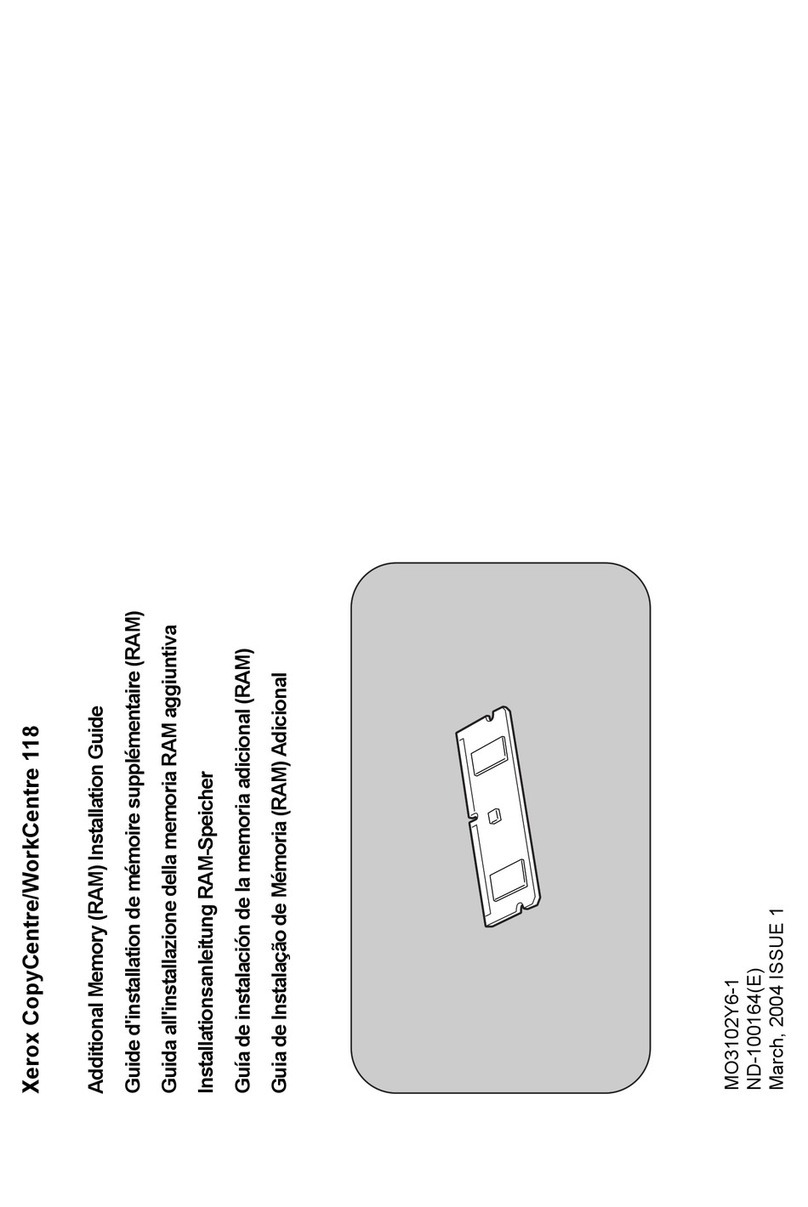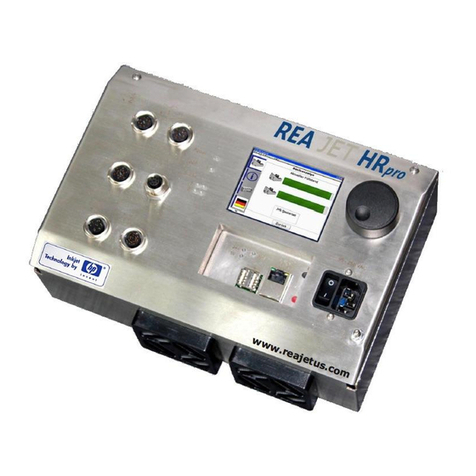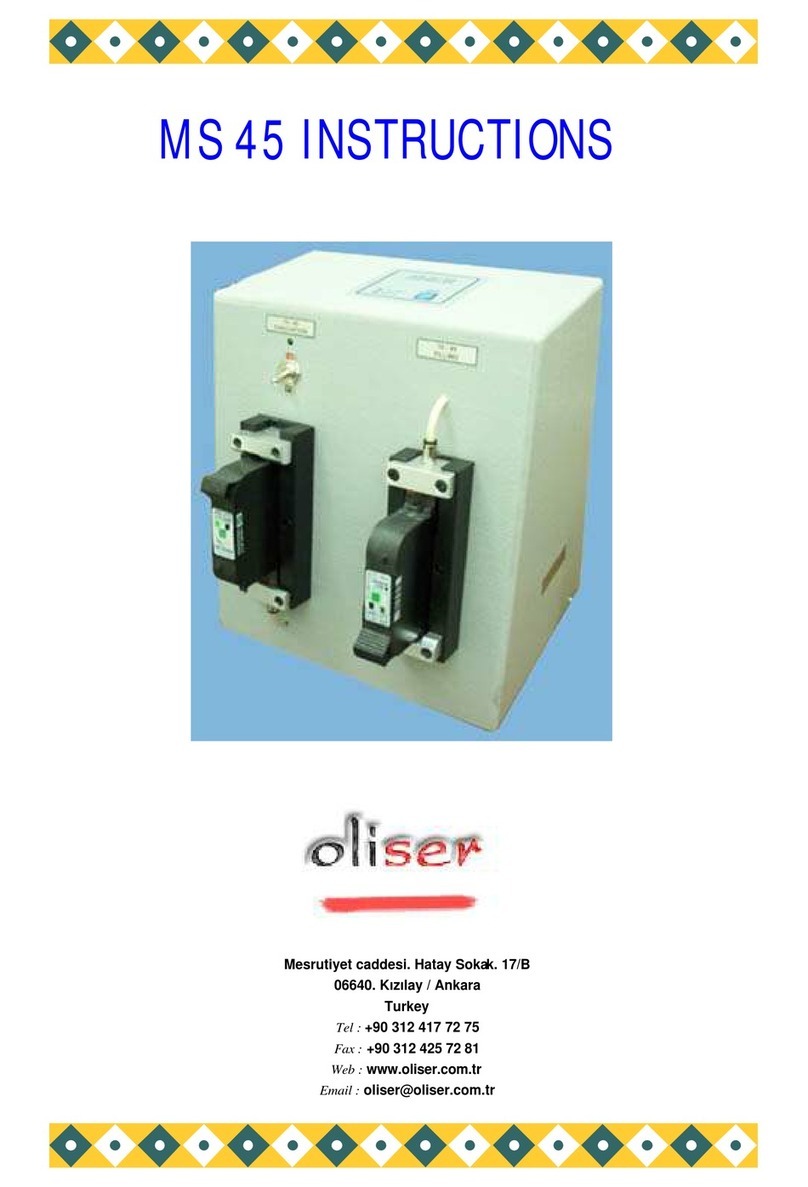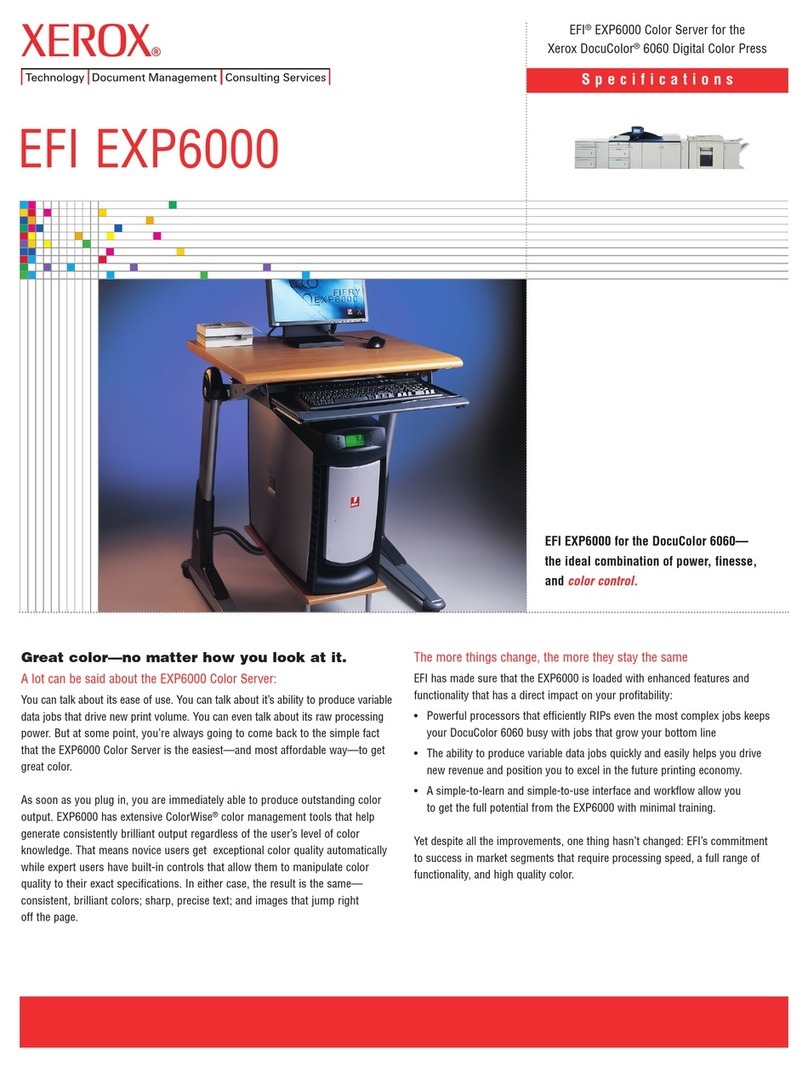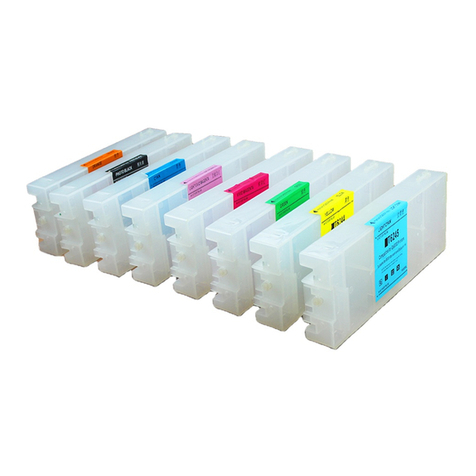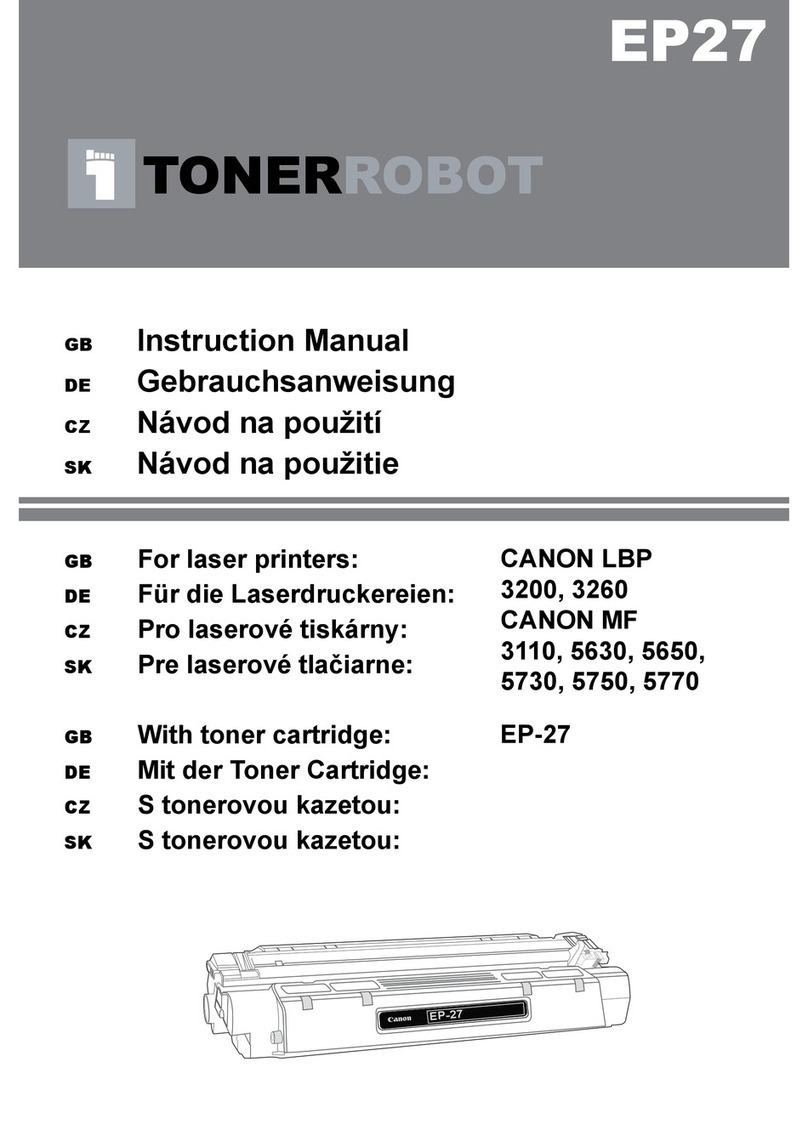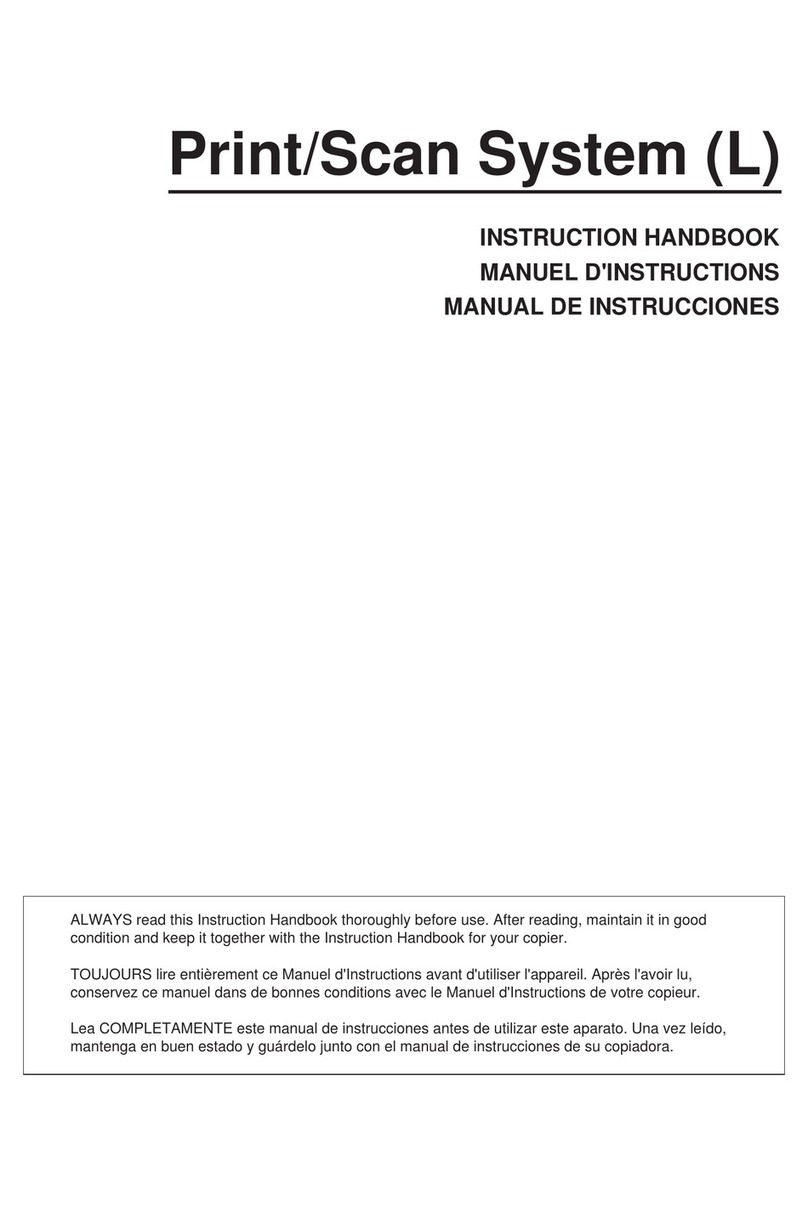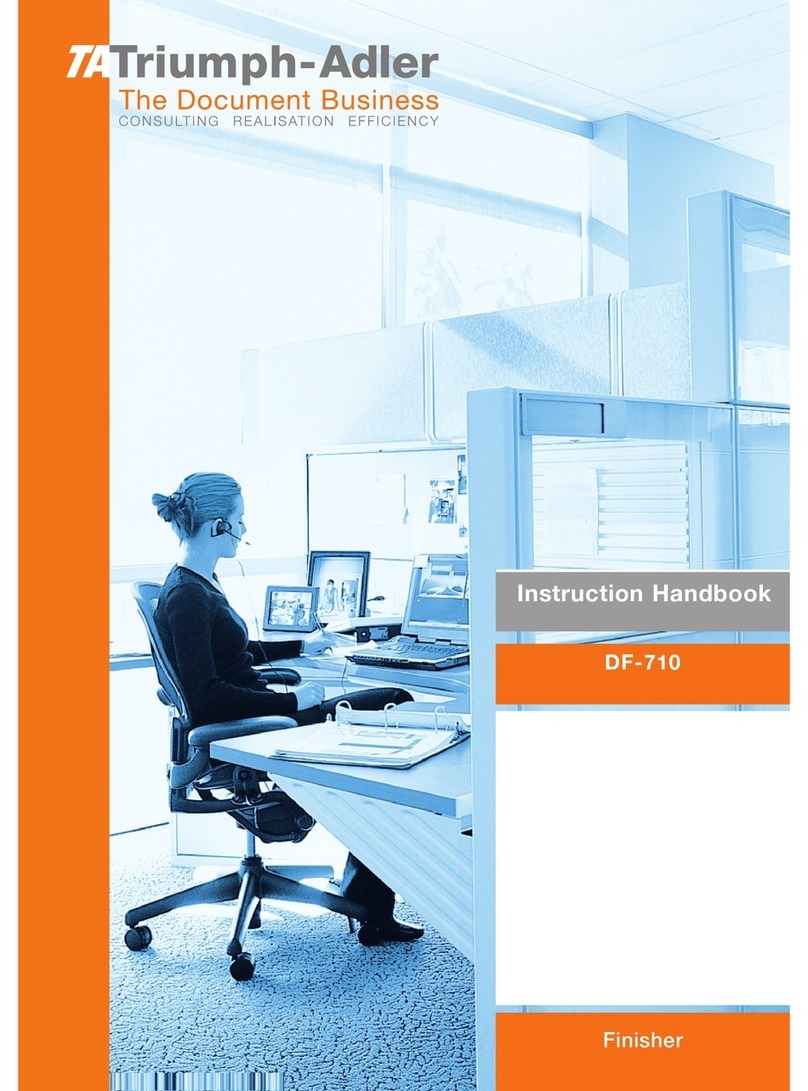
Contents
A29247-X4-X-8-7672
3.13.2Example ........................................................................................................ 133
4 Using Logical Processing..................................................................................... 135
4.1 Logical Processing Commands ............................................................................... 135
4.2 CRITERIA Command .............................................................................................. 135
4.2.1 Points to note ................................................................................................ 140
4.2.2 Examples....................................................................................................... 141
4.3 String comparison Concepts ................................................................................... 142
4.3.1 String comparisons........................................................................................ 142
4.3.2 Character types ............................................................................................. 142
4.3.3 Masked comparisons using default type assignments .................................. 143
4.3.4 Masked comparisons using non-default type assignments........................... 143
4.4 TABLE Command.................................................................................................... 144
4.5 BANNER Command ................................................................................................ 147
4.5.1 Points to note ................................................................................................ 149
4.5.2 Examples....................................................................................................... 149
4.6 BSELECT and BDELETE Commands .................................................................... 150
4.6.1 Points to note ................................................................................................ 150
4.6.2 Examples....................................................................................................... 151
4.7 Summary of LMODIFY command parameters ........................................................ 152
4.8 RAUX Command ..................................................................................................... 153
4.9 RFEED Command................................................................................................... 155
4.10RSELECT and RDELETE Commands .................................................................... 157
4.11RPAGE Command .................................................................................................. 158
4.12RSTACK Command ................................................................................................ 160
4.12.1RSTACK delimiter modes ............................................................................. 160
4.12.2HJOBNO, HRPTNA display .......................................................................... 161
4.12.3Online RSTACK usage.................................................................................. 161
4.13RSUSPEND and RRESUME Commands ............................................................... 165
5 Dynamic Job Descriptor Entries (DJDEs) ........................................................... 169
5.1 Benefits of using DJDEs.......................................................................................... 169
5.2 IDEN Command ...................................................................................................... 170
5.3 Page- and Record-oriented DJDEs ......................................................................... 171
5.3.1 Page-oriented DJDEs.................................................................................... 171
5.3.2 Record-oriented DJDEs ................................................................................ 184
5.4 General Points to Note ............................................................................................ 194
5.5 DJDE Record Specification ..................................................................................... 195

